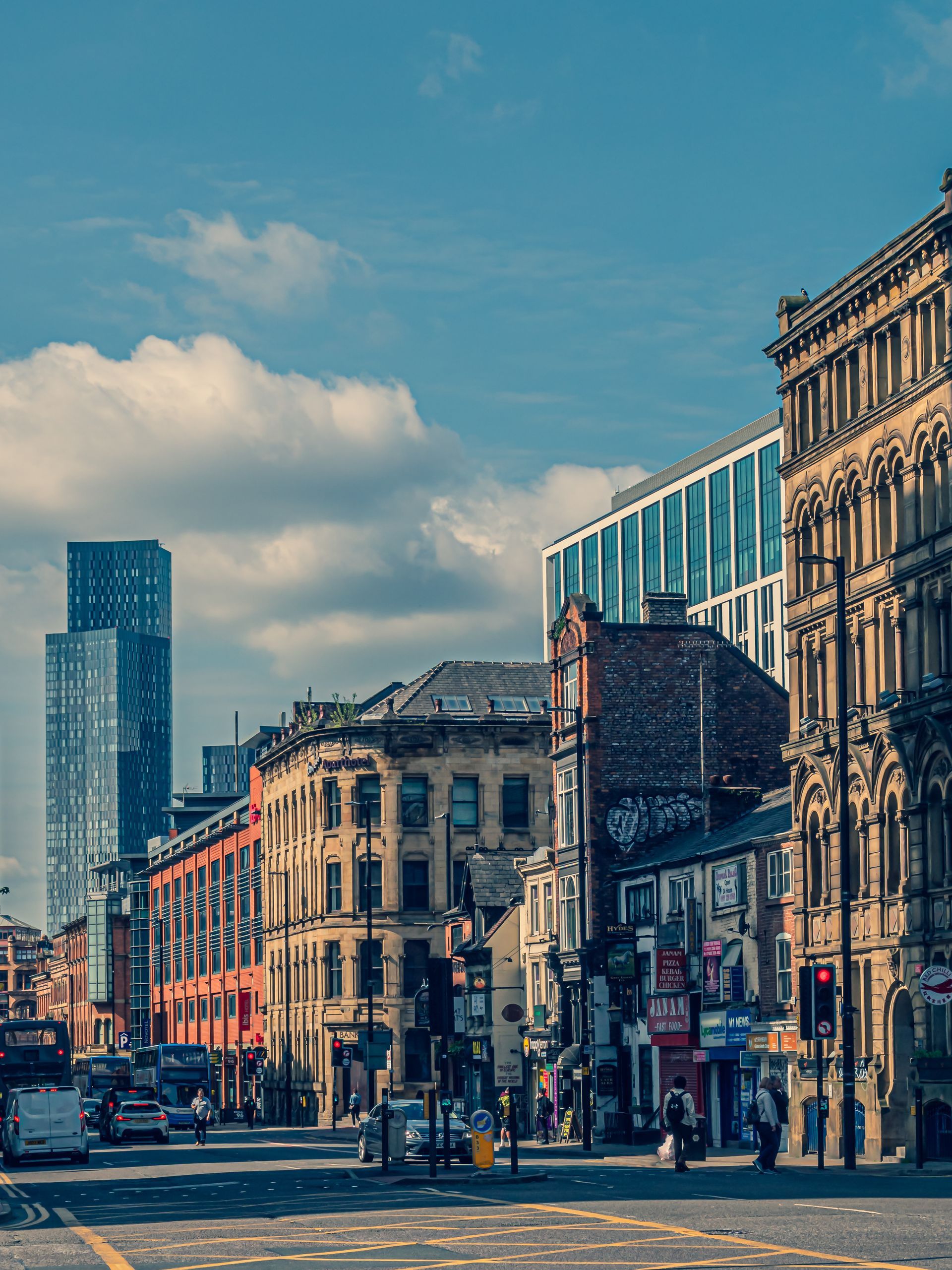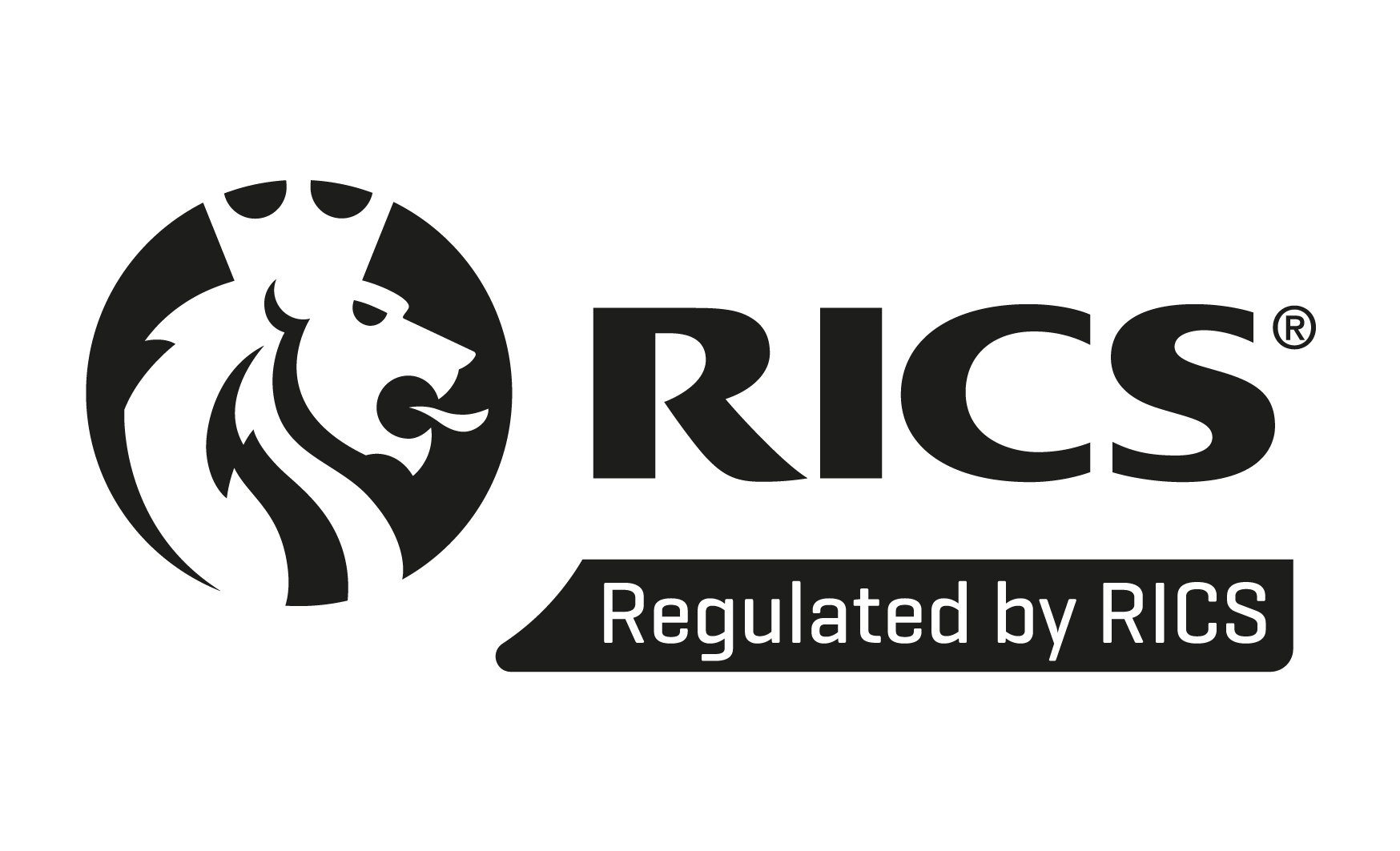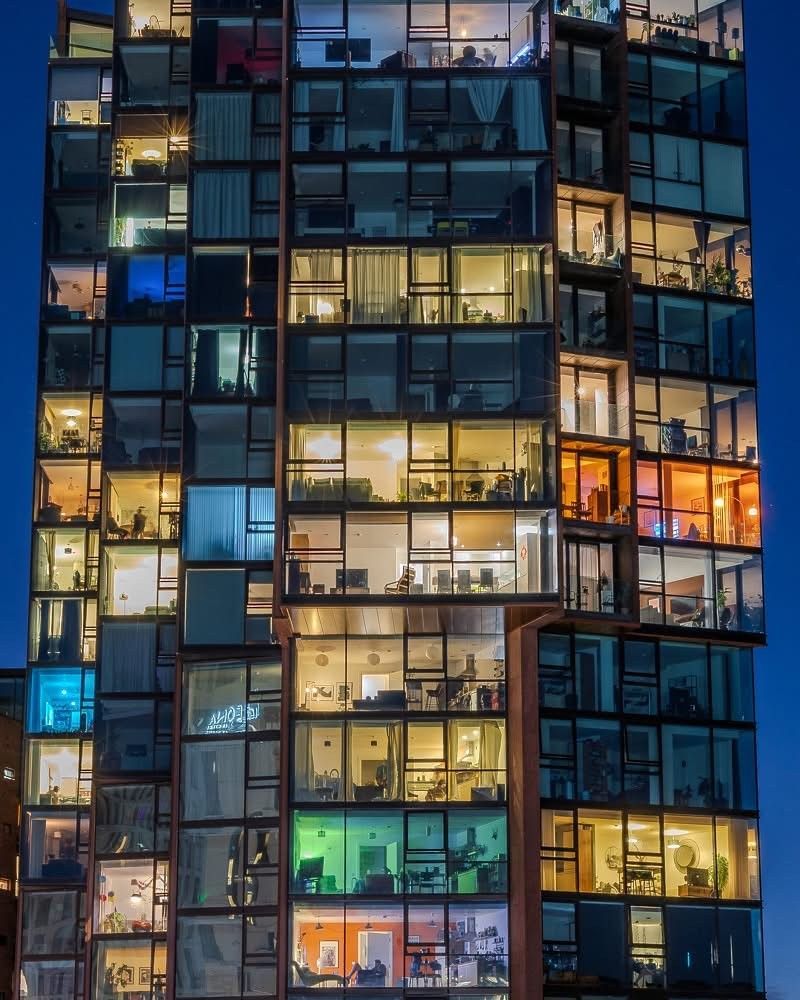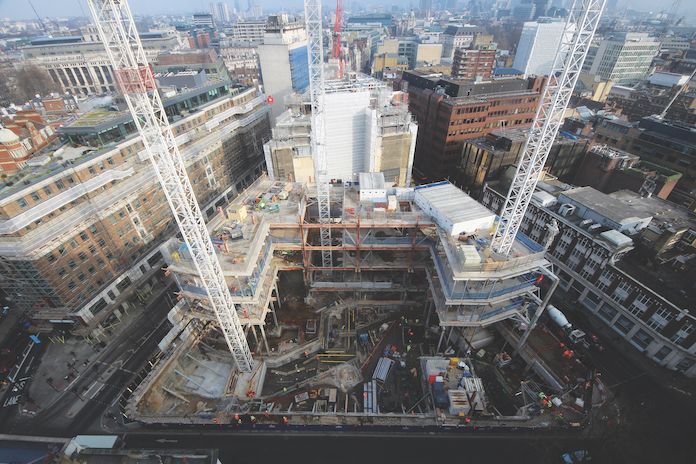Manchester city centre cannot cope with housing demands
50,000 new accommodation places needed

Whether you love or loathe city centres, there is no denying that living and working one is in huge demand. Manchester, our base, is no exception. It has grown exponentially in the past 30 years and living in or very close to the centre is no longer regarded as odd or eccentric. No it's in vogue.
It's not difficult to see why either.
Starting from east to west, north to south, the compass points of Manchester are in huge demand.
East Manchester has often been regarded as something of a project, to put it politely. The Metrolink's arrival - connecting Ashton, Droylsden and Clayton to the city centre changed that. Droylsden is seen as up and coming now, even though it lies 4 miles from the centre, but travel in by car or tram and you'll see more obvious examples of regeneration as you get closer to Piccadilly and New Islington.
First up is Sportcity. This area saw massive investment with the Commonwealth Games in 2002, the 53,000 capacity Etihad stadium in 2003 and the addition of the Metrolink connection in 2013. A heady combination of sporting infrastructure, sporting links and new homes on places like Stillwater Drive, just a 15 minute ride from the centre. Of course, Manchester City's Premier League dominance has helped the area too, along with galactic managers like Pep Guardiola and Erling Haaland. SportCity has transformed Bradford and Beswick and is an area that is still developing.
New Islington, Miles Platting and Ancoats lie closer still to the centre and Ancoats is regarded as the epicentre of urban coolness with high rental and purchase prices, with demand outstripping supply.
Ancoats was formerly a slum area, bisected by the Rochdale Canal and Oldham Road, with its boundary ending on the busy inner ring road, Great Ancoats Street. It's not a slum now. Anita Street (formerly Sanitary Street) is used for social media and film shoots, with its cobbled road, and uniform terraced homes commanding huge prices.
Cutting Room Square is the focal point of Ancoats, dripping in cool bars and restaurants, as well as it being the base for the Hallé Orchestra. It is, arguably, the most desirable part of the city centre, a stone's throw from the trendy urban quarter with apartment prices in the Royal Mill, abutting the canal, commanding high prices.
Miles Platting has seen massive investment too in "The Gateway" from Lovell Homes, where a 2 bed apartment commands a £300,000 asking price and a new build four bedroomed home, £550,000.
Cross the Rochdale canal from Ancoats or Miles Platting and you're in New Islington, a smart canal basin with impressive town houses, apartments that are built for renters and houseboats on what look like permanent moorings at the juncture of the Ashton and Rochdale canals. You also have the New Islington Metrolink next to the canal and Chips Building for easy access to everything Manchester has to offer.
Centrally, the Northern Quarter is seeing major conversions and new builds along Great Ancoats Street, Lever Street, Oldham and Newton Streets as well as Swan Street, near Mackie Mayor and Band on the Wall.
Slightly north of the centre lies the Green Quarters and Victoria Quarters, leading from Victoria Station in the gap, sort of, between Rochdale Road and Cheetham Hill Road. Like Ancoats, the Green Quarter or Angel Meadow, was a former slum area - the worst in Manchester and there are 40,000 paupers buried underground now in that area.
Looking at it now, you could not imagine the horrors felt by Marx and Engels. The new Co-operative building fronts the area and smart apartments, with names like Meadow Side, overlook Angel Meadow and the Victoria tracks.
To the centre and west of Manchester, there is the Uber-bourgeois area called "Spinningfields" with "The Ivy" and "20 Stories" characterising its wealth and the Beetham Tower on Deansgate, which we think is the most expensive place to rent or buy in the city centre. Castlefield is charming too, with its industrial heritage, Roman past and new apartments sitting cheek by jowl. Salford and the Quays are just across the Irwell - we will look at Salford's renaissance in a future post.
South Manchester has always been regarded as the place to live. Didsbury, Sale, Urmston, Stretford, Sale, Altrincham are all synonymous with expensive property but their links to Manchester via public transport are limited, as there is no Metrolink to many of the mentioned places, though Didsbury, Altrincham and Chorlton are covered.
So why is Manchester expanding, when so many other cities are experiencing outward migration?
- It is still relatively affordable, compared with other cities. It has yet to reach London or Edinburgh prices.
- It has excellent universities.
- Manchester is tolerant and culturally diverse - over 220 languages are spoken here
- It has great transport links via road, rail, tram or air.
- It is close to great countryside - the Peak District of Cheshire, Derbyshire and Staffordshire is close to hand, as is the Lake District and Snowdonia.
When you consider what Manchester has to offer, it is not surprising that 50,000 places to live are needed.
Construction in Manchester has enjoyed a 30 year boom and it looks like that is set to continue.




